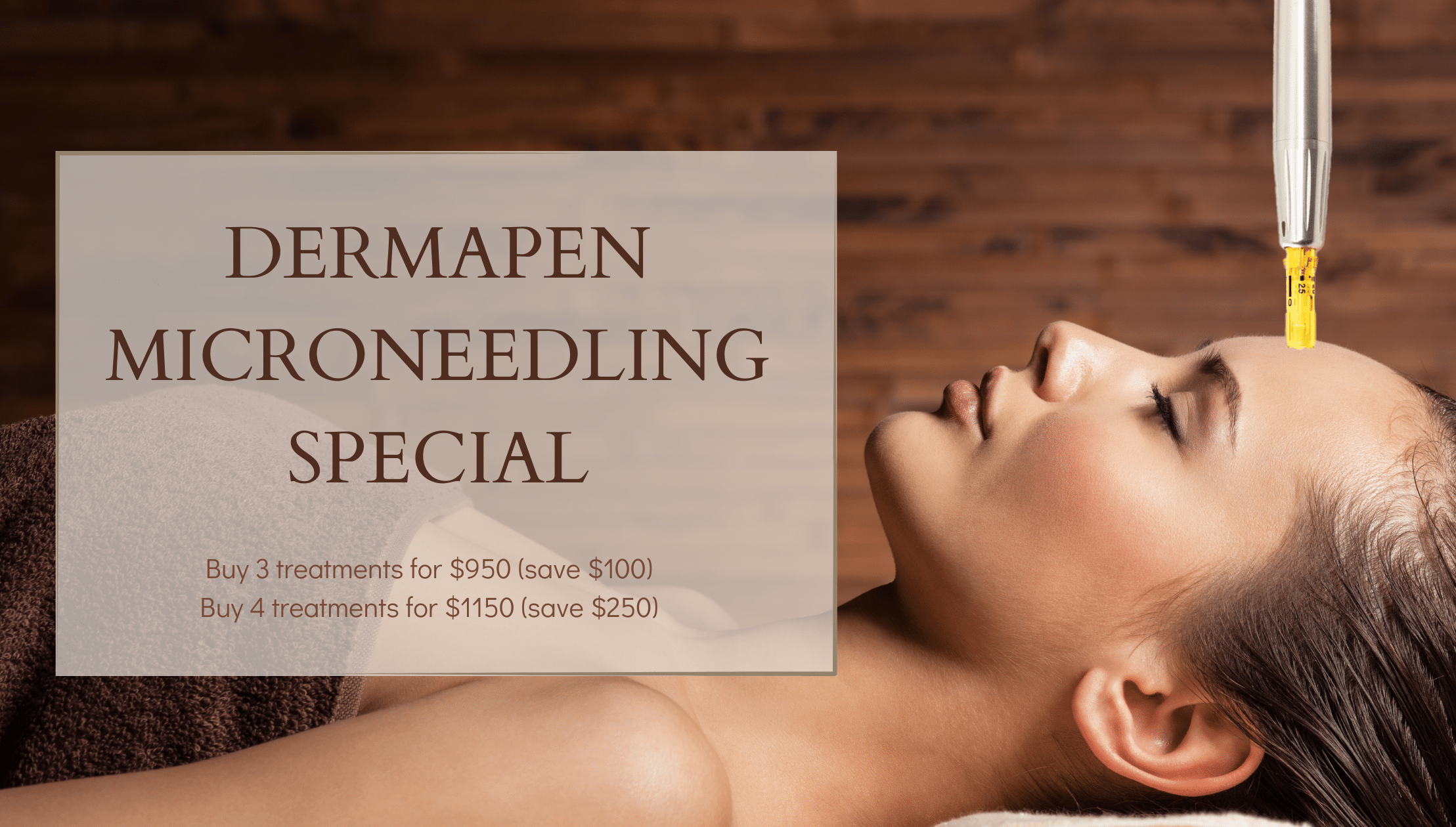When it comes to renewing your skin and restoring your glow, few treatments are as effective—or customizable—as a chemical peel. Whether you’re tackling dark spots, breakouts, or signs of aging, a carefully selected professional chemical peel can deliver dramatic results while honoring your skin’s unique needs.
At Phoenix MedSpa, we specialize in safe and effective treatments for all skin tones, especially melanin-rich skin. Here’s how a chemical peel treatment can help address your top skin concerns with precision and care.
What Are Chemical Peels?
A chemical peel is a skin-resurfacing treatment that uses a safe acid solution to exfoliate the top layers of your skin. As dead skin cells shed away, a smoother, clearer, and more even complexion is revealed underneath.
A facial chemical peel can be customized to target specific concerns like pigmentation, acne, or texture, with different formulas available depending on your skin goals and tolerance. They range from light (superficial exfoliation) to medium and deep peels (which target more significant concerns like acne scars, wrinkles, and discoloration).
What Are the Top 5 Treatable Skin Concerns for Chemical Peels?
If your skincare routine isn’t getting you the desired results, a chemical peel treatment may be the refresh your skin has been waiting for. Here are the five most common skin concerns for chemical peels.
Hyperpigmentation & Dark Spots
Discoloration, uneven tone, and lingering dark spots are some of the most frustrating issues, especially for women of color. While drugstore products can sometimes worsen it, a chemical peel for hyperpigmentation is designed to gently break up excess pigment and promote even skin tone. Whether you’re struggling with sun spots, post-acne marks, or melasma, a targeted chemical peel for dark spots can help restore clarity and balance to your complexion.
Acne and Acne Scars
Active breakouts and the scars they leave behind can impact your skin and confidence. Peels containing salicylic acid or lactic acid help unclog pores, calm inflammation, and reduce breakouts. If you’re dealing with textural issues, a medium-depth peel can improve the look of acne scarring by boosting collagen and cell turnover.
Many clients see incredible results with the best chemical peel for acne scars, customized to their needs and skin sensitivity. Consistent treatments can help prevent future breakouts and refine texture for clearer, smoother skin.
Fine Lines and Wrinkles
If your skincare routine isn’t doing much for early signs of aging, a chemical peel for wrinkles and fine lines may be your next step. Peels with alpha hydroxy acids (AHAs) or trichloroacetic acid (TCA) encourage cell turnover and collagen production, which can soften the look of fine lines over time.
Sun Damage
Sun exposure doesn’t just cause tanning or freckles. It’s also responsible for dullness, rough texture, and premature aging. A chemical peel exfoliates damaged outer layers of the skin to reveal brighter, healthier skin beneath.
Melasma
Melasma is one of the most difficult skin conditions, especially for clients with deeper skin tones. It often appears as large, symmetrical patches of discoloration on the cheeks, forehead, or upper lip, and it’s notoriously resistant to many skincare products.
Our Chemical Peel Options
At Phoenix, we offer professional chemical peels that are safe for most skin types and tailored to support your skin goals, especially if you’ve struggled to find treatments that work for melanin-rich skin. Our peels can also be paired with other advanced skincare services for enhanced results and a holistic approach to your skin health.
TCA Peel
The TCA peel (trichloroacetic acid) is a medium-depth chemical peel that removes the top layers of damaged skin while encouraging collagen production underneath. It helps smooth fine lines, fade discoloration, and improve tone and clarity.
This is an ideal chemical face peel for clients with more advanced concerns like aging, scarring, or stubborn pigment. It’s safe when applied by trained professionals and is particularly effective when spaced out over a treatment plan.
Jessner Peel
The Jessner Peel blends lactic acid, salicylic acid, and citric acid to deliver a deep exfoliation that treats everything from acne to melasma. Originally developed over a century ago, the modern version is safe, effective, and gentle enough for skin of color when applied correctly.
What to Expect After a Chemical Peel
After a facial chemical peel, your skin may feel tight, dry, or slightly red. As new skin emerges, you may experience mild flaking or peeling. The depth of the peel determines the chemical peel recovery time. Light peels typically heal within three to five days, while medium peels can take up to a week or more.
How Often Should You Get a Chemical Peel?
The frequency depends on your skin goals and the type of peel used. Light peels can be done every three to four weeks, while medium peels are typically spaced every few months. At your consultation, Dr. Julie-Lee Morales will design a treatment plan that fits your skin type, lifestyle, and desired results.
Is a Chemical Peel Good for Sensitive Skin?
While some peels are too harsh, there are formulations specifically designed for sensitive skin or skin prone to irritation. At Phoenix, we never take a one-size-fits-all approach. Your safety, comfort, and long-term skin health come first, especially if you’ve had negative experiences with skincare.
Experience the Power of Custom Chemical Peels
At Phoenix MedSpa, skincare should be effective and inclusive. Our customized chemical peel treatments are designed to address hyperpigmentation, fine lines, breakouts, and more—especially for clients who’ve struggled to find solutions that truly work for skin of color.
If you’re in Hollywood, Fort Lauderdale, Hallandale Beach, or Aventura, contact us today to schedule a consultation. Let’s create a treatment plan that respects your skin and delivers the lasting results you deserve.


